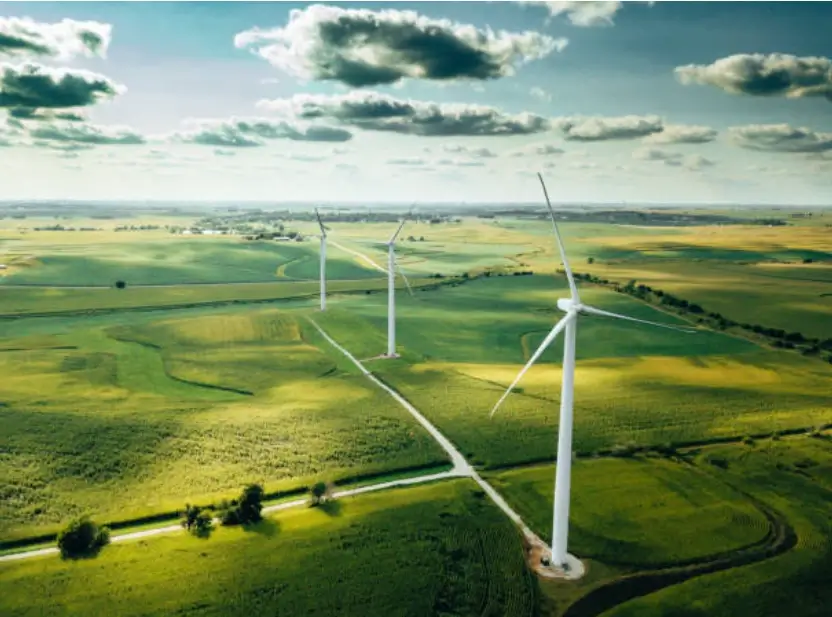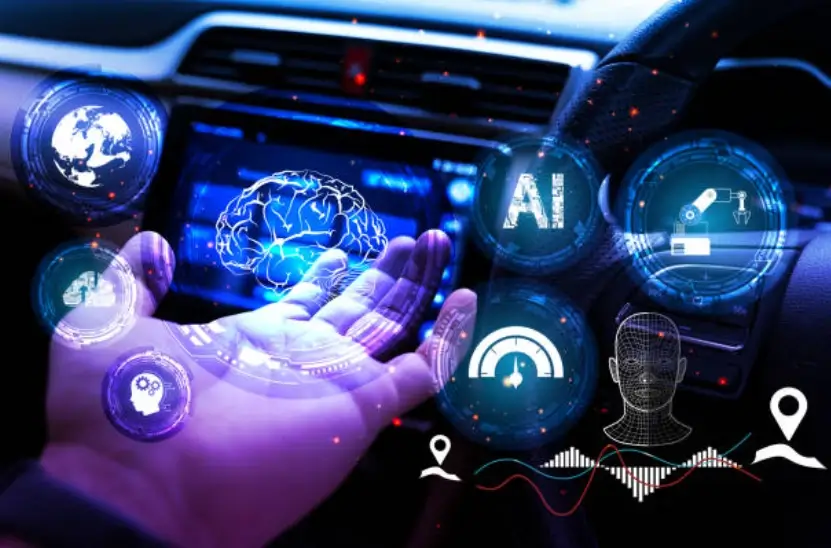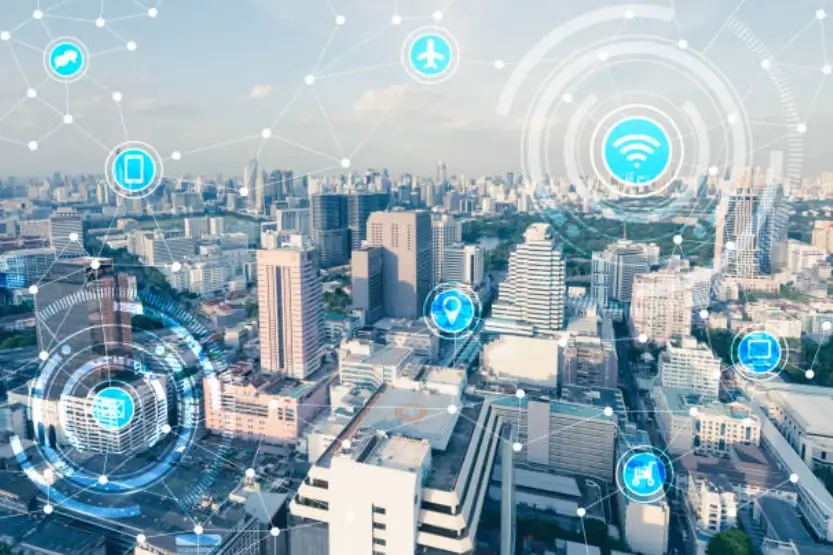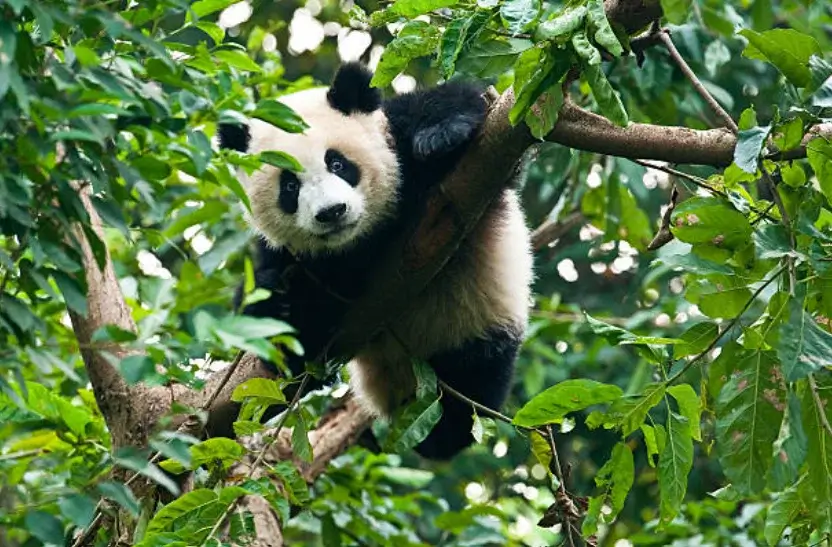Introduction: Technology is essential in the preservation of the environment in contemporary society. Nevertheless, global challenges including climate change, deforestation, and pollution remain major problems that threaten our planet, though new solutions are coming up. Using Artificial Intelligence, Big data, renewable energy, smart farms, and so many others, technology is creating a green environment.
Technological advancement in sustainability has made everyone embrace the use of environmentally friendly technologies in production processes and products to minimize the emission of greenhouse gases. In the following article, we will reveal how technology is helping in environmental conservation and what advancements are being made.
The Roles of Technology in Environmental Conservation
Now a days technology plays an essential role in the protection of the environment. Electronic monitoring, business analytics, and robotic solutions enable an organization to observe changes in ecosystems and threats to the environment. Satellites and drones offer the most updated information on deforestation and movements of wild animals, thus allowing conservationists to act at the right time.
Furthermore, digital media facilitate collaboration across the world, whereby researchers can share their findings and develop a proper conservation plan. With the incorporation of technology into initiatives toward the environment, the precise approach can be hastened and less damage to the environment can be caused.
Renewable Energy Innovations for a Sustainable Future

Solar Power Advancements:
Solar energy is one of those sources that has been greatly develop in the recent past. Futuristic and flexible solar panels, such as transparent solar panels and solar skins, also allow the installation of solar power in windows and roofs without causing any change in the physical appearance of the object’s exterior.
These developments are helpful towards the achievement of the goals of making a flexible and reliable supply of energy, indicated by three main objectives: decreased reliance on fossil fuels, limited greenhouse emissions, and increased uptake in the use of renewable energy supplies globally.
Wind Energy Developments:
Wind energy, for another, is another capable contributor to the move to clean energy. Today’s models of wind turbines are more effective in the generation of electricity than their old models, and they can function even in low wind speeds. The third type of wind farms is the floating offshore wind farms, which have increased wind energy opportunities because of better wind conditions over the sea.
By using artificial intelligence in maintenance, there is increased effectiveness in the usage of the turbines, hence reduce cases of breakdowns, hence making the whole process more affordable. Such advancement makes wind energy a more reliable source of energy production than conventional energy sources.
Hydroelectric and Geothermal Solutions:
Hydroelectric and geothermal power remain promising world’s power sources that are being developed. Technological advancement in micro-hydropower facilities allows decentralised electricity generation from the hydro resources, hence an improvement in the environment.
The exploration for geothermal energy or the harnessing of heat energy from the earth is becoming more efficient due to advanced technologies in drilling and improved heat control. These two sources provide reliable energy that can rely on in the long run, as well as enhancing energy sources that are renewable and consequently cutting a tether on exploitation from non-renewable energies.
Smart Agriculture and Sustainable Farming Practices
Precision Farming and IoT in Agriculture:
Precision farming makes use of IoT devices, sensors, as well as Artificial Intelligence in the farming industry. This technology also helps the farmers to keep track of the health status of the s, weather conditions, and crop growth, hence preventing wastage of water and fertilizers.
A self-driven tractor with GPS means that planting and harvesting will be easy and well without using many resources. These have the effects of enhancing the production of farming through making it sustainable with climate change.
AI and Robotics for Efficient Crop Management:
Machinery is now being applied to plant, weed, and even harvest crops; all these activities that were traditionally done by human beings are now being performed by machines. Machine learning algorithms are also used to monitor the status of the crops and identify diseases in advance, hence appropriate measures taken.
In line with this, the use of automated systems means that watering is done depending on the current aspects, hence conservation of water is achieved. These technologies help to increase food production but with an aim of minimizing the harm to the environment in an attempt to develop sustainable farming.
Vertical Farming and Hydroponics:
Vertical farming and hydroponics are the two techniques that can help to solve the problem of food production in urban areas and protect the ground. Such techniques call for the invocation of layers of crops in multistoried structures, thereby saving much space.
A hydroponic system does not require soil as well as it uses water containing essential nutrients, with water usage decreasing as much as 10%. All these have a positive impact on food security, decrease transport pollution, and enable farming in urban areas.
Role of AI and Big Data in Environmental Protection

Climate Change Predictions and Modeling:
Deep learning and machine learning algorithms study climate data in order to make proper weather forecasts and identify the consequences of global warming. They assist policymakers in coming up with policies that will provide solutions to any risks that may occur in the future. Big data processing helps to track the progress in global environmental issues and indicates how to address them in practice.
AI for Wildlife Conservation and Monitoring:
The application of AI in the recognition and tracking of image detection is crucial in the probing of poaching while protecting endangered animals. Some drones make use of artificial intelligence to fly over and record data on remote locations that are occupied by wildlife. All these advancements also aspire to conservation and the preservation of the biological and ecological systems.
Big Data for Sustainable Resource Management:
Big data analytics ensures that all the available resources are used efficiently through its analysis of the usage of water, energy, among others. Smart grids are intelligent networks of management of power supply and consumption by using data from the actual situation as opposed to the traditional methods of storage, distribution, and consumption. In the field of forestry and fisheries, the role of predictive analysis is beneficial to make future forecasts to balance the supply and demand of resources, and also the utilization of natural resources without harming the environment, besides catering to the needs of the people.
The Impact of Green Technologies on Industrial Sustainability
Eco-Friendly Manufacturing Processes:
It has become the trend across various industries to minimize the use of energy from the environment. Technological advancement in energy usage, moderate and renewable resources, and effective materials and production processes reduces the rates of consumption and releases of energy by-products. Lean manufacturing principles help in using raw materials, time, and finances efficiently, thus having a significant impact on making the manufacturing processes greener.
Waste Reduction and Recycling Innovations:
With the help of technology, recycling helps in the proper disposal and utilization of waste for the improvement of resources. Technology used in the sorting of recyclable materials increases the recycling of materials, the reduces waste in landfills. Sustainability and such concepts as biodegradable products and flow economy reduce the amount of waste produced by focusing on recycled usage.
Sustainable Packaging and Biodegradable Materials:
Natural biodegradable plastics, as well as biodegradable compostable packaging materials, are now considered ideal for use. These are effective strategies in minimizing the use of plastics and honing the effectiveness in the packaging and sealing industry without polluting the environment. Technological advancement in the packaging design assures that it does not pose negative impacts in the environment as it fulfills the wants of the people.
The Role of Smart Cities in Reducing Environmental Impact

Energy-Efficient Infrastructure:
Smart cities embrace energy efficiency in buildings, among other things, the use of renewable energy, and intelligent lighting. These innovations lead to power saving, reduction of carbon footprints, and efficient development of cities.
Sustainable Transportation and Electric Vehicles:
EVs, connected public transport, and shared bike programs provide solutions to sustainable transport. Since the establishment of charging networks and the enhancement of battery technology, the growth of EVs has shifted from dependency on fossil fuels.
Smart Waste Management Systems:
He pointed out that through AI, waste management companies can optimize collection routes and hence minimize fuel usage and pollution. The smart bins are equip with sensors that can find out the fill levels and enhance efficiency in the disposal of waste and recycling.
Technology in Water Conservation and Pollution Control
Advanced Water Purification Systems:
Technological advancements, including nanotechnology and the technique of desalination, help to improve water purification. These systems also have high efficiency in filtration to ensure that water is safe for drinking.
Smart Irrigation Technologies:
Of the applications of artificial intelligence, the application for irrigation is an intelligent systems that provide weather forecasts and sensor data to farmers. These procedures help in avoiding excess use of water in irrigation while at the same time supporting plant growth.
AI and IoT for Water Quality Monitoring:
Internet of Things – Water quality sensor helps in finding pollutants and provides safe drinking water for people in constant use. AI analyzes trends of the data collected and allows the authorities to undertake necessary measures to combat water pollution on time.
The Role of Blockchain in Environmental Sustainability
Transparent Carbon Credit Systems:
This technology reduces the incidence of fraud in carbon credit trade and tracks the actual emission reduction credits.
Sustainable Supply Chain Tracking:
Innovations such as the application of Blockchain improve the supply chain and eliminate wrongdoings and negative impacts on the environment in the creation of the products.
Blockchain for Renewable Energy Trading:
Decentralized energy trading involves the use of blockchain technology to enable the sales and purchase of energy directly between parties and therefore encourages the use of renewable energy without relying on the large centralized power plants.
Challenges and Limitations of Technology in Environmental Protection
High Costs and Accessibility Issues:
Although there are new ways being developed, the high costs of implementing the solutions and the availability of these means are limiting factors. The situations, like a lack of funds, are likely to hamper green technologies in the participating developing countries.
Energy Consumption of Tech Solutions:
Some technological actions need input of energy and, therefore, may be counterproductive in terms of energy conservation. To reap such benefits, sustainable sources of energy need to support the innovations.
Ethical Concerns and Data Privacy:
There are issues related to do with data privacy and ethical issues that come with using AI in environmental monitoring. These rules and policies must be related to the responsible use of data, and at the same time, must endorse the technology.
Conclusion:
The impact of the selected popular science show is manifold, as technology in present days plays an important role in environmental conservation through renewable energy, smart agriculture, IoT environmental monitoring, environmentally friendly industrial production, and more. Despite the obstacles that still exist in this world, people are capable of creating new tech solutions at present by working together with their counterparts across the globe.



